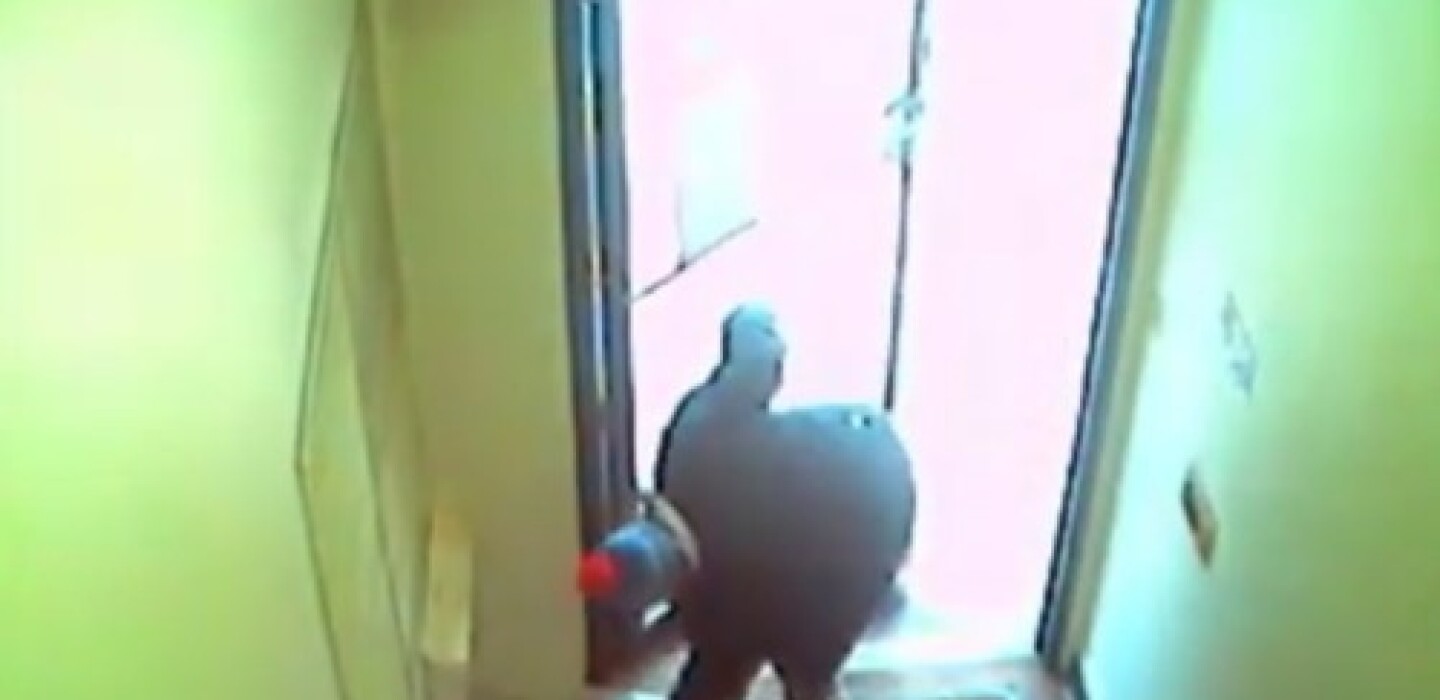The Herald Dispatch Obituary A Comprehensive Look
The Herald Dispatch obituary section offers a unique window into the lives and times of a community. This examination delves into the structure, style, and historical significance of these poignant tributes, exploring how they reflect societal norms and personal narratives. From the concise announcements to detailed life stories, obituaries provide invaluable genealogical resources and offer a glimpse into the evolving attitudes toward death and remembrance.
We will analyze the language used, the information conveyed, and the visual elements employed, showcasing the multifaceted role obituaries play in preserving history and honoring the departed. The study will also consider the legal and ethical considerations surrounding the information shared in these public notices and how they function as a valuable historical record.
Remember to click great buffets near me to understand more comprehensive aspects of the great buffets near me topic.
Understanding the Herald Dispatch Obituary Section
The Herald Dispatch obituary section serves as a vital record of the lives lived within its community. It provides a space for families and friends to commemorate loved ones and share their memories with a wider audience. Understanding its structure, content, and submission process is crucial for both those seeking information and those wishing to publish an obituary.
Typical Structure and Content of a Herald Dispatch Obituary
A typical Herald Dispatch obituary follows a standard structure. It generally begins with the deceased’s full name, date of birth, and date of death. This is followed by a brief biographical summary highlighting key life events, accomplishments, and personal characteristics. The obituary often includes information about surviving family members, funeral arrangements, and a suggested donation to a charity in lieu of flowers.
The length can vary significantly, ranging from concise announcements to detailed life stories.
Historical Context of Obituaries in The Herald Dispatch
Obituaries in newspapers like The Herald Dispatch have a long history, evolving from simple death announcements to more elaborate biographical sketches. Early obituaries primarily focused on factual information, reflecting the societal norms of their time. Over time, they have become more personalized, reflecting a shift towards a greater emphasis on celebrating the life of the deceased and acknowledging their impact on others.
The Herald Dispatch’s obituary section reflects this historical evolution, showcasing a range of styles and lengths across its archives.
Examples of Different Obituary Types in The Herald Dispatch
The Herald Dispatch publishes a variety of obituaries. Short obituaries might only include the deceased’s name, dates, and immediate family survivors. Longer obituaries often detail the deceased’s career, hobbies, and personal relationships, sometimes extending to several paragraphs. Some obituaries include photographs, while others do not. The inclusion of a photo usually adds a more personal touch, allowing readers to connect with the deceased visually.
Process of Submitting an Obituary to The Herald Dispatch
The process for submitting an obituary to The Herald Dispatch typically involves contacting the newspaper directly, either by phone or online. There may be specific guidelines regarding word count, formatting, and inclusion of photographs. The newspaper usually provides a form or instructions outlining the necessary information and deadlines. Submission fees may also apply.
Analyzing Obituary Language and Style
The language and style employed in The Herald Dispatch obituaries are carefully chosen to reflect the life and personality of the deceased while offering comfort to the bereaved. Analyzing these stylistic choices reveals valuable insights into societal values and cultural norms surrounding death and remembrance.
Common Themes and Stylistic Choices
Common themes found in Herald Dispatch obituaries include the celebration of life, the expression of grief, and the highlighting of the deceased’s positive qualities. Stylistic choices often involve the use of evocative language, anecdotes, and carefully selected details to paint a vivid picture of the deceased’s life. A formal yet compassionate tone is generally maintained.
Tone and Language Used for Different Age Groups
The tone and language used in obituaries often vary depending on the age of the deceased. Obituaries for younger individuals might focus on their potential and future, expressing a greater sense of loss and premature ending. Obituaries for older individuals often emphasize a life well-lived, highlighting accomplishments and legacies. The language used may also adapt to reflect the different life experiences associated with each age group.
Portrayal of Family Relationships
Family relationships are often central to Herald Dispatch obituaries. The descriptions of family members highlight their connections to the deceased, emphasizing love, support, and shared experiences. The wording used to describe these relationships reflects the closeness and dynamics within the family.
Use of Euphemisms and Metaphors
Euphemisms and metaphors are frequently employed in obituaries to soften the harsh reality of death and loss. Phrases like “passed away” or “gone to be with the Lord” are commonly used instead of “died.” Metaphors, such as describing someone’s life as a “journey” or a “tapestry,” help to create a more poetic and comforting tone.
Information Contained within Obituaries: The Herald Dispatch Obituary
The information included in a Herald Dispatch obituary is carefully selected to provide a comprehensive yet concise portrayal of the deceased’s life. The frequency and importance of different information types vary depending on the individual and the family’s wishes.
Typical Information in a Herald Dispatch Obituary, The herald dispatch obituary
| Information Type | Frequency of Appearance | Importance to the Obituary |
|---|---|---|
| Name and Dates (Birth & Death) | Always | Essential |
| Cause of Death | Sometimes | Often omitted for privacy |
| Biographical Information | Frequently | Central to the narrative |
| Survivors | Almost Always | Important for family connections |
| Funeral Arrangements | Often | Provides practical information |
| Memorial Donations | Frequently | Suggests ways to honor the deceased |
Legal and Ethical Implications of Information Shared
Sharing information in obituaries raises legal and ethical considerations. Accuracy is paramount, and families should be mindful of potential defamation or privacy concerns. Sensitive information should be handled with discretion, respecting the deceased’s wishes and the feelings of surviving family members.
Obituaries Reflecting Social and Cultural Norms
Obituaries often reflect prevailing social and cultural norms. Changes in societal attitudes towards death, family structures, and gender roles are often subtly reflected in the language and content of obituaries over time. Analyzing these changes can offer valuable insights into historical shifts in cultural values.
Categories of Personal Information in Obituaries
Personal information in obituaries can be categorized into several groups: demographic information (name, dates, place of birth, etc.), biographical details (education, career, achievements), familial relationships (spouse, children, parents, etc.), and memorial information (funeral arrangements, donations).
The Herald Dispatch Obituary as a Historical Record
The Herald Dispatch’s obituary section serves as a rich source of genealogical and historical information. By systematically analyzing these records, researchers can uncover valuable insights into family histories, community development, and societal changes.
Method for Genealogical Research Using Obituaries
Genealogical research using Herald Dispatch obituaries involves systematically searching the archives for individuals within a specific family or community. Key information such as names, dates, and familial relationships can be used to trace lineages and build family trees. Cross-referencing with other genealogical resources can enhance the accuracy and completeness of research findings.
Obituaries Providing Insights into Historical Events and Social Trends
Obituaries often provide valuable insights into historical events and social trends. The lives of individuals documented in obituaries reflect the impact of major historical events, economic shifts, and social movements. Analyzing patterns across multiple obituaries can reveal broader societal changes and their impact on individuals and communities.
Obituaries Reflecting Changes in Societal Attitudes Toward Death
Obituaries reflect changes in societal attitudes toward death and dying. The language used, the focus on life accomplishments versus regrets, and the emphasis on mourning rituals have all shifted over time, mirroring evolving cultural norms and beliefs surrounding death and remembrance.
Tracing Family or Community History Using Obituaries
Tracing the history of a specific family or community using obituaries requires systematic research across the Herald Dispatch’s archives. Identifying key individuals, their relationships, and their life events within the context of the broader historical record can provide a rich narrative of family and community development.
Visual Elements in The Herald Dispatch Obituaries
Visual elements, primarily photographs, play a significant role in enhancing the impact of obituaries in The Herald Dispatch. The choice of photograph, its placement, and size contribute to the overall message and emotional resonance of the obituary.
Typical Visual Elements Accompanying Obituaries
The most common visual element is a photograph of the deceased. These photographs are typically formal portraits, often taken during a younger and healthier period of the deceased’s life. Occasionally, other visual elements, such as small graphics or symbolic images, might be included to complement the obituary’s message.
Influence of Photo Placement and Size
The placement and size of a photograph influence the reader’s perception. A larger, prominently placed photograph draws immediate attention, creating a stronger visual impact. A smaller, less prominent photograph might allow the text to take center stage, emphasizing the written narrative.
How Visual Elements Enhance or Detract from the Message
A well-chosen photograph can enhance the obituary’s message by conveying the deceased’s personality and conveying a sense of warmth and remembrance. Conversely, a poorly chosen or inappropriately sized photograph might detract from the obituary’s impact, potentially distracting from the written content or conveying an unintended message.
Description of a Hypothetical Obituary Photo
Imagine a black-and-white photograph of a smiling woman in her late 60s. The lighting is soft and diffused, highlighting her kind eyes and gentle expression. The composition is a close-up, focusing on her face and upper body, creating an intimate and personal connection with the viewer. The subject matter is simple yet powerful, capturing a moment of joy and serenity, reflecting the positive memories shared about her in the accompanying obituary text.
In conclusion, The Herald Dispatch obituary section serves as a rich tapestry woven from individual lives and collective history. By analyzing its structure, language, and visual elements, we gain a deeper understanding of the community it represents and the evolving cultural landscape surrounding death and remembrance. The obituaries offer not just a record of passing, but also a compelling narrative of lives lived and legacies left behind, providing invaluable insights for genealogists, historians, and anyone seeking to connect with the past.






